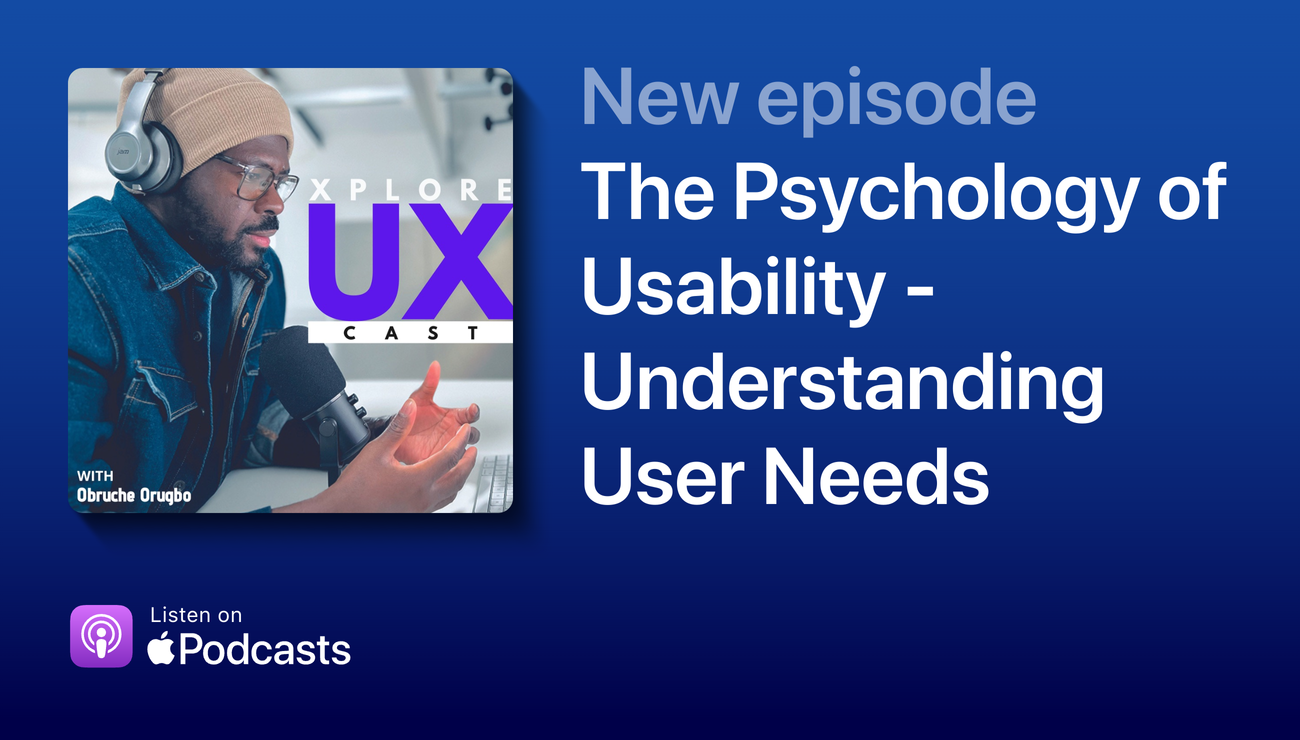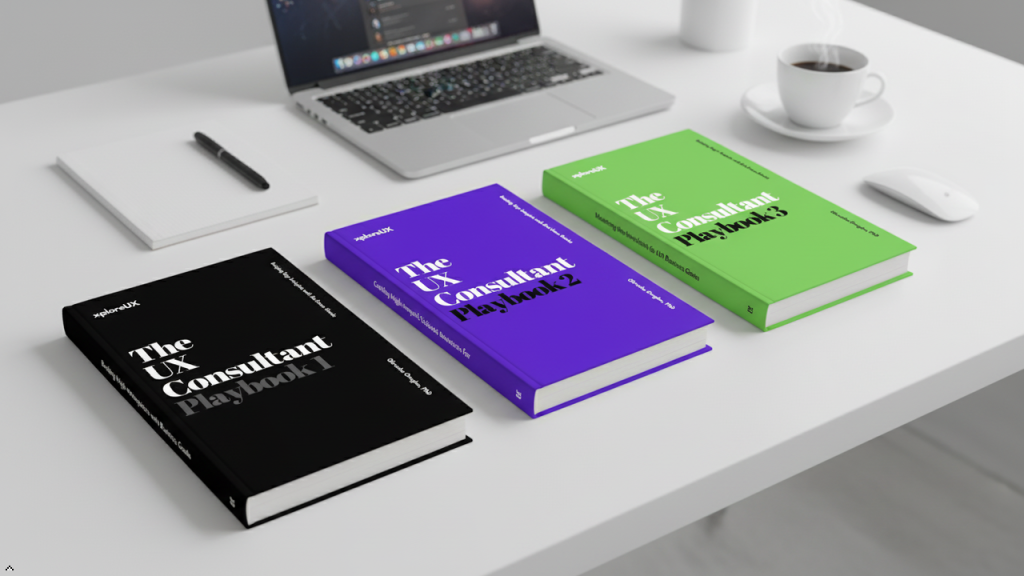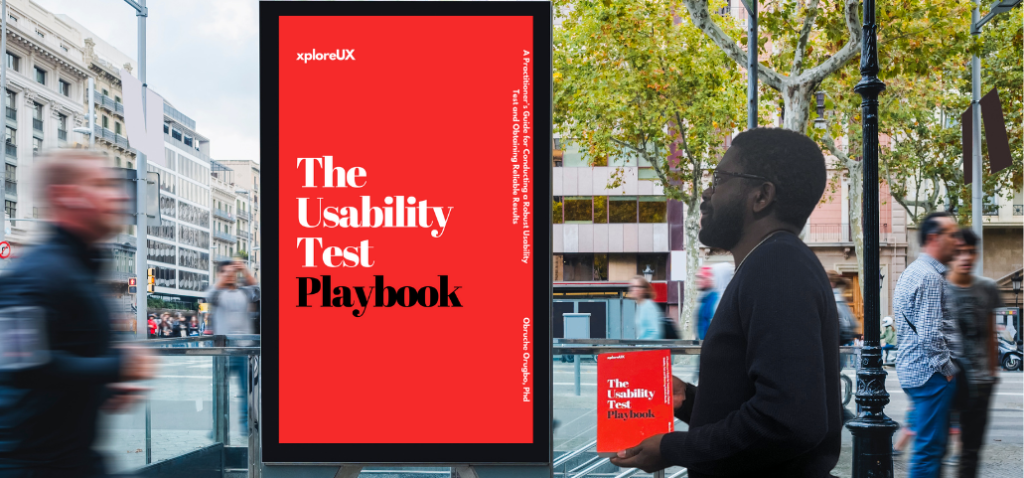
The Psychology of Usability is in today’s digital landscape, competition for user attention is fierce. We navigate countless interfaces daily, but only a select few truly resonate with us. The key to unlocking user engagement lies in the unassuming science of usability – the bridge between human psychology and effective design.
This article delves into the fascinating world of user psychology, exploring the hidden desires, cognitive biases, and emotional triggers that shape our interactions with technology.
By understanding these fundamental forces, we can design interfaces that are not just functional, but also user-friendly, engaging, and ultimately, delightful to use.
As UX professionals, our mission is to create products that are not only functional but also intuitive, efficient, and enjoyable. But how do we truly understand the driving forces behind user behaviour? This is where the power of psychology comes into play.
By exploring the captivating world of cognitive processes, emotions, and motivations, we gain invaluable insights into how users perceive information, navigate interfaces, and ultimately judge the usability of a product.
This knowledge becomes our compass, guiding us towards designing experiences that resonate with users on a deeper level, minimizing frustration, and propelling them towards successful interactions.
Imagine trying to understand someone’s personality just by observing them scrolling through their phone. That’s akin to the challenge UX professionals face. We see user actions, but their thought processes remain a mystery. Users are far more than what they click on.
Underlying motivations, emotional responses to interfaces, and even past experiences all influence how they perceive and interact with technology. This is where psychology equips us to design technology that is not just functional but also enjoyable and helpful.
Our brains are marvels of efficiency, wired to make quick decisions using mental shortcuts known as cognitive biases. While these biases often serve us well in everyday life, they can introduce interesting twists in the world of UX.
Let’s take the anchoring effect as an example. Imagine shopping for headphones. The first pair you see boasts impressive noise cancellation but carries a hefty price tag.
Subsequent headphones might feel like a bargain, even if their features don’t quite stack up. This is the anchoring effect in action! The expensive headphones become the “anchor” in your mind, making everything else seem like a good deal. This is a tactic often used by stores to influence purchasing decisions.
In UX design, the anchoring effect means that the first thing a user sees can significantly impact how they judge everything else. A positive first impression sets the tone for the entire experience.
Users are more likely to perceive subsequent features as valuable. Conversely, a confusing or expensive first impression can color their entire experience, leading them to believe everything else is bad or overpriced, even if it’s not.
The takeaway? Make sure the first impression your product offers is a positive one! This will help users see the value in what you provide.
We’ll explore other cognitive biases, such as confirmation bias and loss aversion, later in the article. But first, let’s delve into the emotional side of the UX coin.
Usability isn’t just about efficiency; it’s about fostering an emotional connection between user and product. Think about the last time you interacted with an app that was a joy to use.
It likely evoked positive emotions – a sense of confidence, perhaps even a touch of delight. On the flip side, encountering a confusing interface or a frustrating error message can leave us feeling bewildered and disengaged.
Positive emotions, like those experienced during a smooth checkout process with clear instructions, build trust and loyalty towards the brand. Conversely, negative emotions, like frustration caused by endless error messages, can not only impact the immediate task but also negatively colour the user’s perception of the entire brand.
Understanding the emotional impact of design choices allows us to create experiences that evoke positive feelings, making them not just usable but also enjoyable to interact with. When users feel good using our product, they’re more likely to become loyal advocates.
What truly drives users? Why do they engage with some things and completely ignore others? The answer lies in understanding their motivations, their hierarchy of needs.
Imagine a pyramid. At the base are our most fundamental requirements: physiological needs like hunger and thirst. We prioritise these because survival comes first. Once these basic needs are met, we move up the pyramid.
We seek safety and security, then connection and belonging. As we climb further, esteem – the desire for recognition and respect – becomes a motivator. Finally, at the peak, lies self-actualisation, the urge to reach our full potential.
This framework, developed by psychologist Abraham Maslow, isn’t just about individuals; it applies to users as well.
At the base are users with functional needs. They crave a seamless experience – a website that loads fast and helps them achieve their goals efficiently. Moving up the pyramid, users seek a sense of security.
They want their data protected and transactions secure.
Next, social needs come into play. Users are drawn to platforms that foster connection and a sense of community. Think of social media platforms or online forums. Here, users can interact with others who share their interests, building a sense of belonging.
Higher still, users crave recognition. They appreciate features that showcase their achievements or reward their contributions. This could be anything from a point system on a fitness app to badges earned on a learning platform. Recognition motivates users to keep coming back and engaging with the product.
Finally, at the top, visionary users seek platforms that empower them to grow and reach their full potential. These users are drawn to tools and features that help them learn new skills, express themselves creatively, or solve complex problems.
Understanding this hierarchy is key to decoding user needs. By recognising where your users are on the pyramid, you can tailor your approach:
• Functional Users: Prioritise a smooth and intuitive experience. Make sure your interface is clear, navigation is easy, and tasks can be completed efficiently.
• Security-Conscious Users: Highlight your data protection measures. Emphasise secure login protocols, encryption practices, and clear privacy policies.
• Social Users: Foster interaction and community building. Implement features like chat rooms, forums, or social media integration to connect users and encourage interaction.
• Esteem-Driven Users: Offer recognition systems or gamification elements. Award points, badges, or leader boards to acknowledge user achievements and motivate further engagement.
• Self-Actualisers: Provide tools and platforms that help them excel. Offer advanced features, customisation options, or access to educational resources that empower users to learn and grow.
Remember, users are not static. Their needs can evolve over time. By understanding Maslow’s Hierarchy, you can create a dynamic and motivating user experience that grows with them.
Understanding the psychology of usability empowers us to design user experiences that resonate on a deeper level. By tapping into user emotions, motivations, and cognitive biases, we move beyond designing mere functionality. We create products that are truly engaging and fulfilling.
It’s about injecting a human touch into the world of technology, fostering positive interactions, and building trust with our users. When we design with user psychology in mind, we create experiences that not only function well but also make a positive impact on people’s lives.
This exploration of the psychology behind usability just scratches the surface. By continuously learning and applying these principles, we, as UX professionals, can continue to craft exceptional user experiences that resonate and delight.
This article provided a glimpse into the fascinating world of user psychology and its role in UX design. Here are some ways you can delve deeper and apply this knowledge:
• Conduct User Research: Get to know your target audience! Conduct user interviews, surveys, or usability testing to understand their specific needs, motivations, and pain points.
• Analyse Existing Products: Pay attention to how successful applications leverage user psychology. Identify design patterns that create positive emotions, encourage engagement, and guide users towards desired actions.
• Stay Updated on UX Trends: The field of UX design is constantly evolving. Keep yourself updated on the latest research and best practices to ensure your designs are informed by the most recent psychological insights.
• Embrace Experimentation: Don’t be afraid to experiment with different design approaches. A/B testing allows you to compare the effectiveness of various design elements and user flows based on user behaviour data.
• Prioritise User Empathy: Throughout the design process, remember the human element. Always strive to design from the user’s perspective, keeping their needs, emotions, and cognitive biases at the forefront.By understanding the power of user psychology, you can transform your UX design approach. You’ll be able to create interfaces that are not just functional but also intuitive, engaging, and ultimately, a joy to use.
Remember, happy users are loyal users!






4 comments